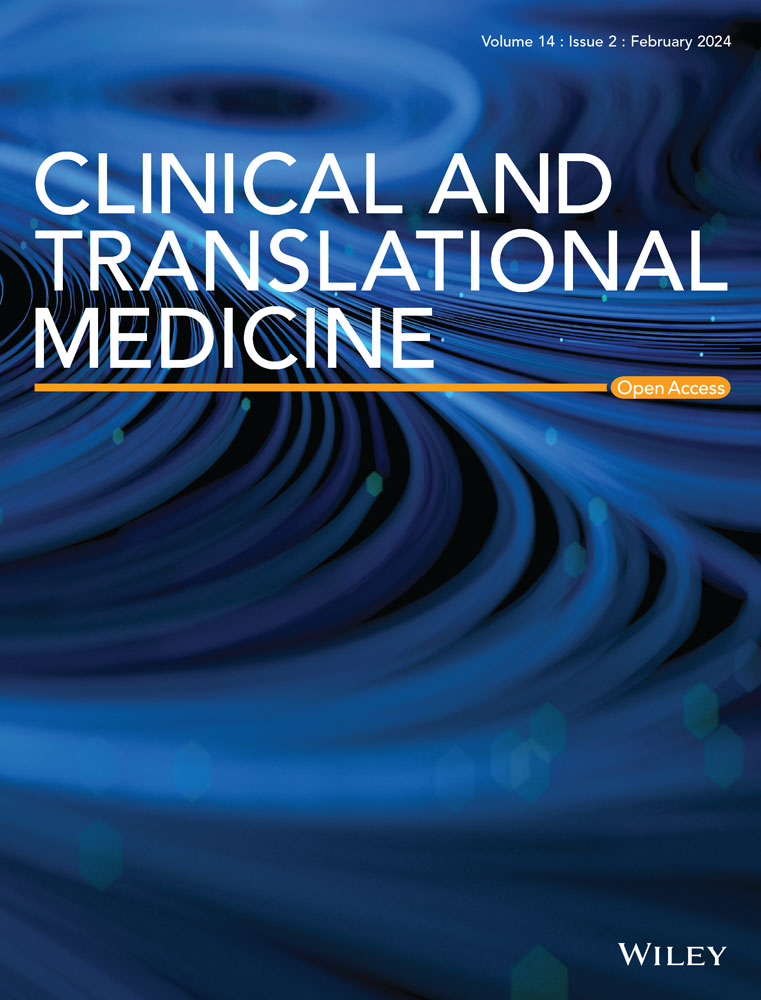Muscle-specific gene editing improves molecular and phenotypic defects in a mouse model of myotonic dystrophy type 1
Abstract
Background
Myotonic dystrophy type 1 (DM1) is a genetic multisystemic disease, characterised by pleiotropic symptoms that exhibit notable variability in severity, nature and age of onset. The genetic cause of DM1 is the expansion of unstable CTG-repeats in the 3′ untranslated region (UTR) of the DMPK gene, resulting in the accumulation of toxic CUG-transcripts that sequester RNA-binding proteins and form nuclear foci in DM1 affected tissues and, consequently, alter various cellular processes. Therapeutic gene editing for treatment of monogenic diseases is a powerful technology that could in principle remove definitively the disease-causing genetic defect. The precision and efficiency of the molecular mechanisms are still under investigation in view of a possible use in clinical practice.
Methods
Here, we describe the application of the clustered regularly interspaced short palindromic repeats (CRISPR)/CRISPR-associated protein 9 (Cas9) strategy to remove the CTG-expansion in the DMPK gene in a mouse model carrying the human transgene from a DM1 patient. To optimise the editing efficiency in vivo, we identified new tools that allowed to improve the expression levels and the activity of the CRISPR/Cas9 machinery. Newly designed guide RNA pairs were tested in DM1-patient derived cells before in vivo application. Edited cells were analysed to assess the occurrence of off-target and the accuracy of on-target genomic events. Gene editing-dependent and -independent mechanisms leading to decreased accumulation of the mutated DMPK transcripts were also evaluated.
Results and Conclusion
Systemic delivery of CRISPR/Cas9 components in DM1 mice, through myotropic adeno-associated viral vectors, led to significant improvement of molecular alterations in the heart and skeletal muscle. Importantly, a persistent increase of body weight, improvement of muscle strength and body composition parameters were observed in treated animals. Accurate evaluation of CRISPR/Cas9-mediated-phenotypic recovery in vivo is a crucial preclinical step for the development of a gene therapy for DM1 patients.
Key points
- In vivo application of a therapeutic gene editing strategy for permanent deletion of the pathogenetic CTG-repeat amplification in the DMPK gene that causes myotonic dystrophy type 1.
- Following treatment, diseased mice show a significant improvement of both molecular and phenotypic defects.


 求助内容:
求助内容: 应助结果提醒方式:
应助结果提醒方式:


